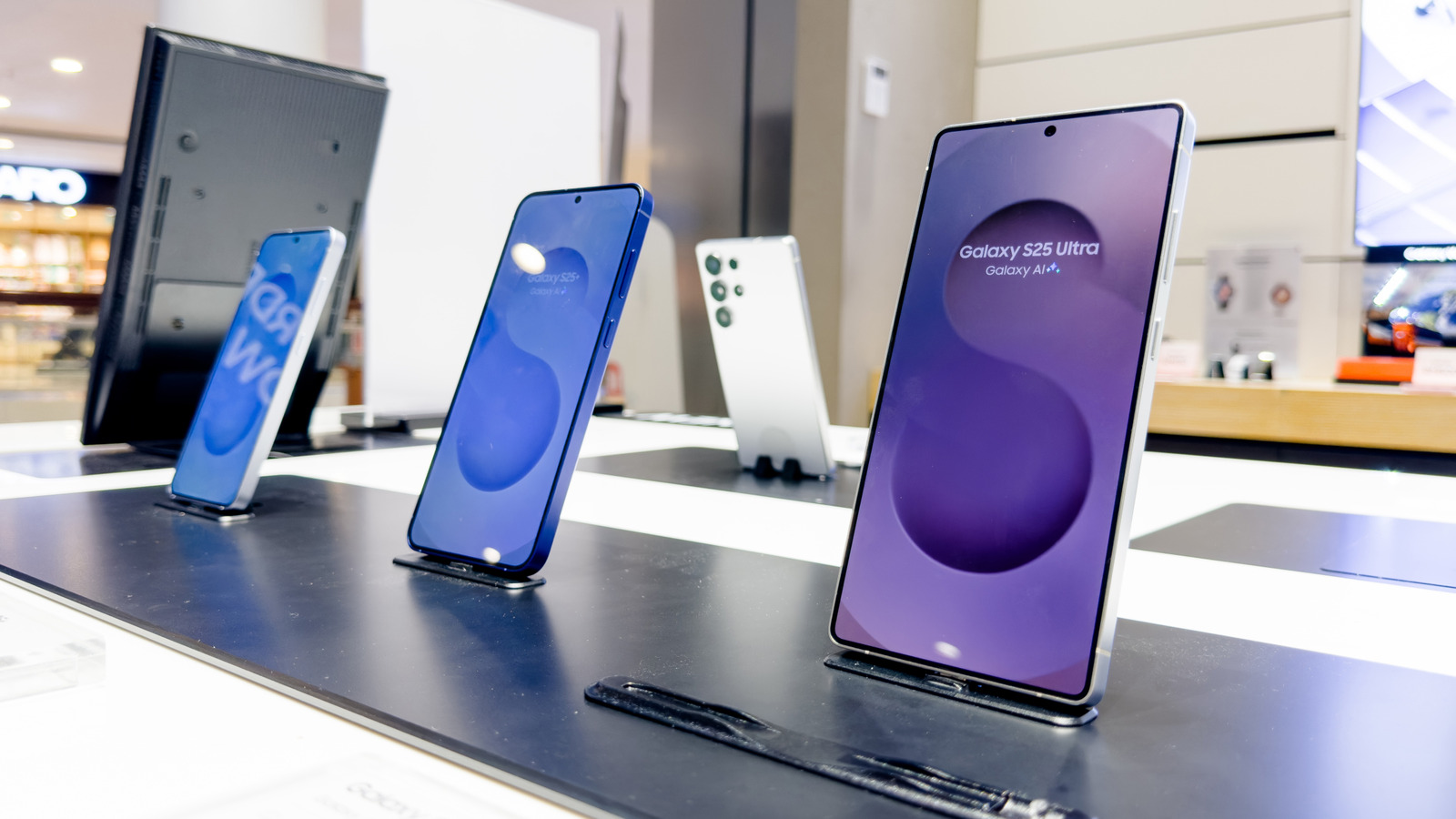SpaceX is spotlighting its efforts to limit Starlink’s impact on astronomy —this time through a research paper that a company engineer wrote with a team of astronomers.
SpaceX Vice President Michael Nicholls mentioned the paper while tweeting about the company’s ongoing efforts to reduce the brightness of Starlink satellites as they traverse the sky.
Low-orbiting satellites, including Starlink, can reflect sunlight in the night sky during the first few hours after dusk or before dawn. In response, SpaceX has made several changes to the satellites, including adding a mirror film and even painting them black. Overall, the upgrades have made the newer V2 Starlink satellites “darker” than older V1 models despite being larger in size, Nicholls said.
This Tweet is currently unavailable. It might be loading or has been removed.
The research paper delves further, showing how the design changes to the Starlink satellites should prevent interference with the Vera C. Rubin Observatory in Chile, which features a massive telescope and recently came online.
The research paper comes from a SpaceX engineer named Forrest Fankhauser and three astronomers including J. Anthony Tyson, a professor at the University of California, Davis, and chief scientist at the Rubin observatory. The research examined how Starlink satellites, including version 1.5 and 2 models, might impact the massive telescope, specifically the “Legacy Survey of Space and Time,” a decade-long project to observe the night sky.
To measure the potential impact, the team developed a simulation using the telescope’s observing schedule and real-world data on Starlink satellites and their brightness. They then identified instances when the simulated satellites would surpass a magnitude of 7 on the apparent brightness scale —or what the astronomical community considers the threshold for when satellites can become bright enough to interfere with ground-based observations. (For perspective, a star with a magnitude of 6 to 7 would be at or just beyond the limit of what the naked eye can see.)
(SpaceX)
The paper found that some bright Starlink satellites will appear in the observations, but relatively rarely. “For every thousand V1.5 Starlink satellites imaged by LSST in the first hour of a summer night, we find 1.2 of them will appear brighter than 7 AB magnitude,” the authors wrote. “By comparison, for every thousand V2 Starlink satellites observed, we find only 0.93 of them will appear this bright. The off-pointed solar array and reduced diffuse reflection of the chassis mitigate the brightness.”
The simulation also examined the potential impact if Starlink satellites were lowered from their current 550 kilometer orbits to 350 kilometers —a change SpaceX has said could further reduce their effect on astronomical observations while improving Starlink’s latency. “Only 0.56 V2 Starlink satellites per thousand brighter than 7 AB magnitude will be observed in the first hour at this height. This is a ∼40% reduction in number of bright satellites entering the focal plane compared to the constellation at 550km height,” the paper found.
The research represents a follow-up to a 2023 paper that Fankhauser co-authored with the astronomers to model and calculate satellite brightness. But at the time, Fankhauser worked at the University of California, Davis, before moving on to join SpaceX.
In his tweet, Nicholls said he was “proud” of the collaboration between SpaceX and the observatory. Meredith Rawls, an astronomer who works with the observatory, also told PCMag: “I agree with the paper’s general conclusion that these specific satellites, when operating normally, shouldn’t pose too much of a problem to Rubin.”

Get Our Best Stories!
Your Daily Dose of Our Top Tech News

By clicking Sign Me Up, you confirm you are 16+ and agree to our Terms of Use and Privacy Policy.
Thanks for signing up!
Your subscription has been confirmed. Keep an eye on your inbox!

Exposures taken over 30 minutes on an early June night in 2024, capturing the various satellite streaks. Most satellites appear as dashed lines because the image is a blend of many 2-second-long exposures with a gap of one second between exposures when the camera shutter was closed. (VW Pics/Contributor/Getty)
She also noted the paper “represents one of the latest outcomes of ongoing discussions between astronomers and satellite constellation operators.” In 2023, SpaceX reached a coordination agreement with the US National Science Foundation to work with astronomers on preventing the Starlink interference.
Still, Rawls noted SpaceX’s co-authored paper is only focused on one observatory and one satellite constellation under normal conditions — not when the satellites have been recently launched, are being de-orbited or going through a malfunction.
“The results of this study only apply to satellites operated by companies who are willing to be reasonably transparent and cooperative with astronomers,” she added. “SpaceX has set a good precedent here, but there are few requirements for anybody else to follow that precedent. Another issue is that low-Earth orbiting satellites can also interfere with radio telescopes — something not addressed in the study.
Recommended by Our Editors

(DrPixel via Getty)
The International Astronomical Union’s CPS, which is dedicated to protecting the night skies from satellite interference, also pointed out the study’s limited scope. “To date, most constellation satellites have not reached the IAU-recommended brightness of magnitude 7 (where they are invisible to the unaided human eye),” the group added, although it plans to continue working with SpaceX and other satellite companies.
Retired astronomers Anthony Mallama and Richard Cole have observed many low-Earth orbiting satellites, including from SpaceX, AST SpaceMobile and Chinese operators, exceeding 7 magnitude in brightness.
“Most astronomers now take it for granted that some of their images will be contaminated by satellite streaks,” Mallama told PCMag. A year ago his observations found that SpaceX’s cellular Starlink satellites tend to be significantly brighter than typical Starlink models.

(Anthony Mallama and Richard Cole)
Rawls further explained: “While the darkening mitigations (from SpaceX) are reasonably effective as described, larger things are inherently brighter because they have larger surface areas that reflect more light. Starlink V2s will typically still appear brighter to the unaided eye than Starlink V1.5s because they are larger and closer.”
The co-authored paper from SpaceX engineer Fankhauser also acknowledges it’ll take “the whole satellite population and not just Starlink” to fully address the satellite interference concerns. Still, the research points out that lowering satellite orbits to 350km might help, although it does come with trade-offs.
“Decreased range increases brightness… However, satellites are illuminated for a smaller fraction of their orbit and are visible to fewer observers. Additionally, trail brightness decreases because the satellite moves faster across the sky,” the paper says.
Our Best Editor-Vetted Prime Day Deals Right Now
*Deals are selected by our commerce team
About Michael Kan
Senior Reporter








